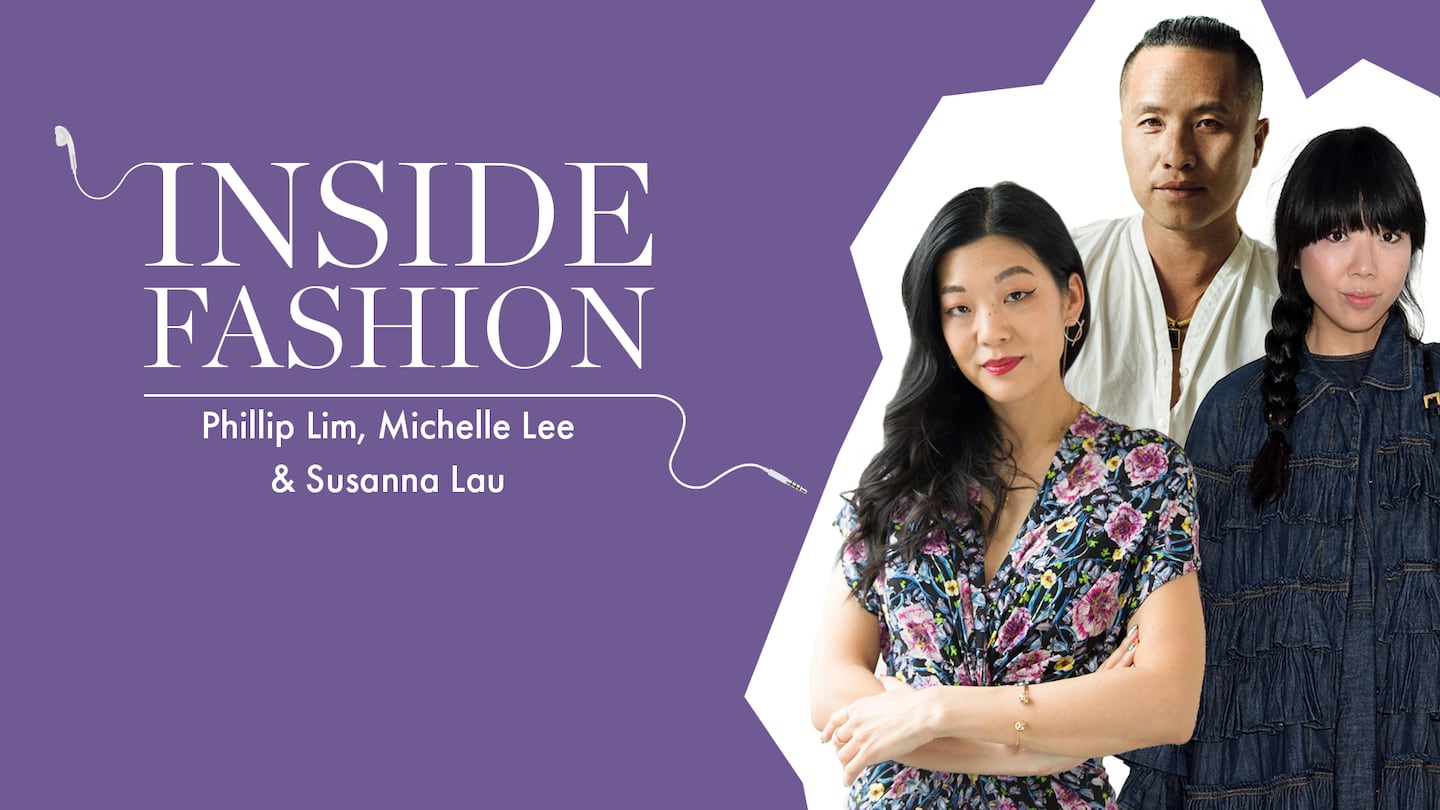
The Business of Fashion
Agenda-setting intelligence, analysis and advice for the global fashion community.

Agenda-setting intelligence, analysis and advice for the global fashion community.

To subscribe to the BoF Podcast, please follow this link.
A recent wave of violence directed toward Asian Americans — exacerbated by the hateful dialogue propagated by Donald Trump amid the pandemic — has brought anti-Asian racism to the forefront of global conversation. The issues facing Asian people are unique — for one, the term “Asian” represents a diverse group of people often clumped into a monolith that neglects to recognise nuances in culture and history. And racism against Asians often doesn’t culminate in easily-identifiable signs or symbols, sometimes making it difficult to spot from the outside. But, it’s pervasive, and has real, lived consequences.
On the latest BoF podcast, BoF’s Imran Amed spoke with designer Phillip Lim, Michelle Lee, the editor in chief of Allure and British journalist Susanna Lau about their experiences being Asian in fashion, examining painful stereotypes and learning on how fashion professionals can be better allies.
External clips courtesy of BBC News, Al Jazeera English and NBC News.
Join BoF Professional for the analysis and advice you need. Get 30 days for just $1 or explore group subscriptions for your business.
From analysis of the global fashion and beauty industries to career and personal advice, BoF’s founder and CEO, Imran Amed, will be answering your questions on Sunday, February 18, 2024 during London Fashion Week.
The State of Fashion 2024 breaks down the 10 themes that will define the industry in the year ahead.
Imran Amed reviews the most important fashion stories of the year and shares his predictions on what this means for the industry in 2024.
After three days of inspiring talks, guests closed out BoF’s gathering for big thinkers with a black tie gala followed by an intimate performance from Rita Ora — guest starring Billy Porter.